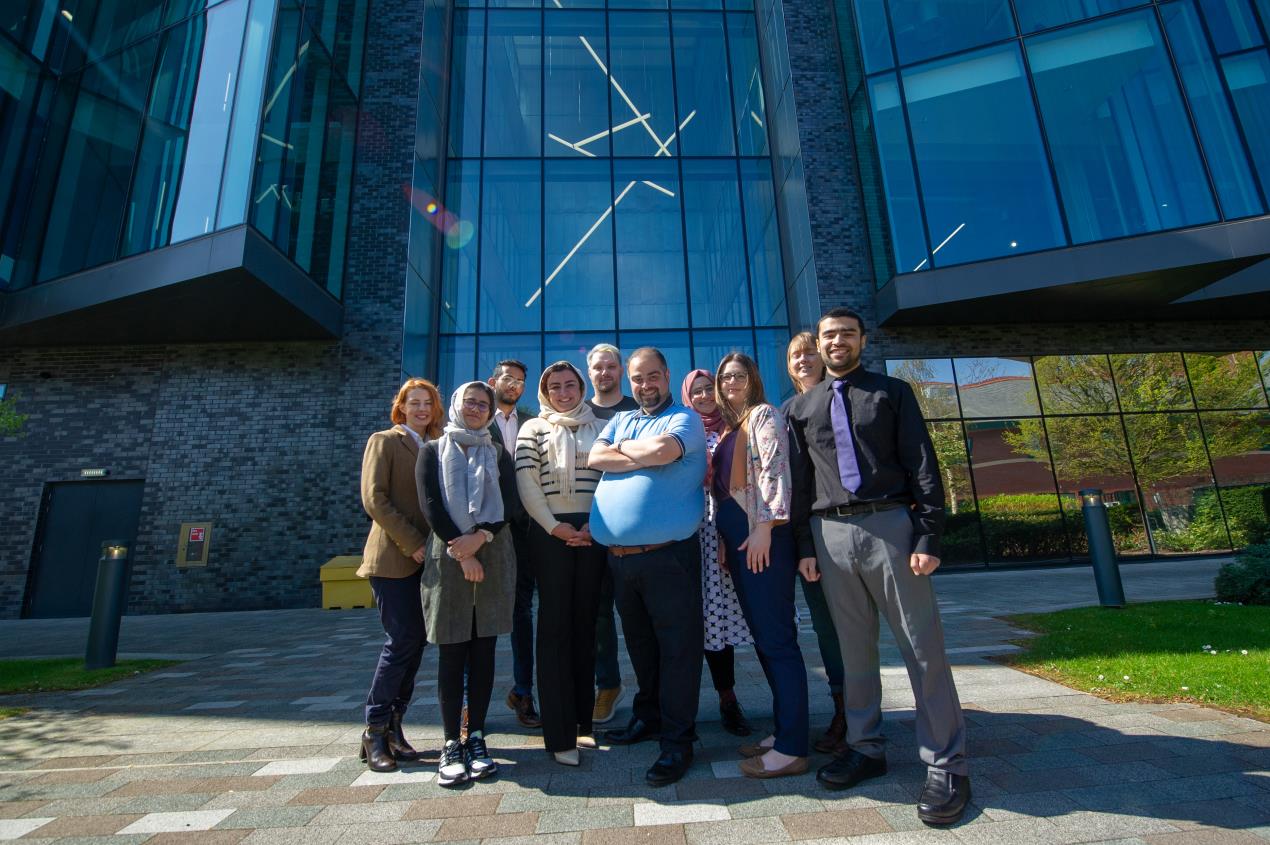A business is only as strong as its people
Why employees need additional support this Stress Awareness Month
Adrian Matthews, Head of Employee Benefits at MetLife UK
Stress Awareness Month, held every April, is globally recognised as a time for healthcare professionals, charities and employers of all sizes to help increase public awareness about both the causes and treatments of stress symptoms – be it anxiety, depression, or low moods.
The ever-changing economic outlook around inflation and the cost-of-living crisis impacts many households, be it on a financial or emotional level, or both. Given these can occur over prolonged periods, levels of resilience will fluctuate, and extended periods of worry can lead to burnout, depression or stress in the workplace. With new figures revealing work-related stress and burnout is costing the UK economy £28bn per year1, it needs to be addressed in the workplace. During these difficult times it is important employers are equipped with the right policies and benefits to support their employees.
Here, Adrian Matthews, Head of Employee Benefits at MetLife UK, shares his three top tips for helping employers relieve symptoms of stress that could be experienced by their employees:
- The value of Employee Assistance Programmes: Providing the right benefits package is essential to attract and retain an engaged workforce and will make sure employees know they are fully supported – in and out of the workplace.
A business is only as strong as its people. Investing in these policies as well as implementing them into the work culture will help avoid stress and anxiety becoming a larger problem for the employee down the line and reduce the need for long absence or sick leave.
Employers should offer 24/7 access to an employee assistance programme (EAP) which is designed to help employees with their work, health, and wellbeing. This can range from counselling to financial wellbeing support. MetLife offers employees a virtual Wellbeing Hub that effectively engages employees through financial, mental and physical wellbeing be that through childcare support and confidential counselling or by supporting an employee through financial difficulty.
However, it’s important to note these services aren’t just there for when things go wrong, but to proactively support with guidance and help with the trivial day to day things, to prevent them becoming bigger worries and challenges.
Employers should also connect with their provider to ensure they are aware of the latest support available. These services provide real tangible support around the clock and can be invaluable.
- Communicate, communicate, communicate: Ongoing communication of all the support resources available, including any health and wellbeing benefits, is critical to creating a strong support framework all year round. As we have discussed above, resilience levels fluctuate, so benefits communication must be ongoing and not a once and done at the start of the year.
Although many employers showcase these benefits during the recruitment process, there must be a simple calendar in place to embed the benefits programme to all employees, with thought given to how work patterns may have altered in recent years with hybrid working patterns now the norm.
Employers can use company meetings or quarterly business updates to remind and encourage employees to explore the support available to them and sharing a staff case study can be a very effective way of doing this. It can be a very powerful way to drive engagement and understanding so that employees aren’t just aware of the benefits programme they have available to them, but also that they truly value their employer.
- Activities and challenges: To retain a happy workforce employers can recommend activities that help to make changes in daily habits, such as the Stress Management Society 30-day challenge which actively encourages employees to develop positive behavioural changes and turn actions into long-term habits. Moreover the 40:20 rule is a great way to help employees factor in important breaks that are needed throughout the working day. For every 40 minutes of sitting ensure 20 minutes is spent standing or moving to reduce pressure and strain to joints that could manifest into a longer-term health issue further down the line.
Physical activity is also key for employees to factor in. Encouraging a short walk at lunchtime to ensure Vitamin D intake or creating after work events that are centred around fitness will reduce employees stress and increases energy levels making them feel more alert and sleep better.






